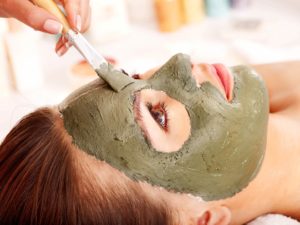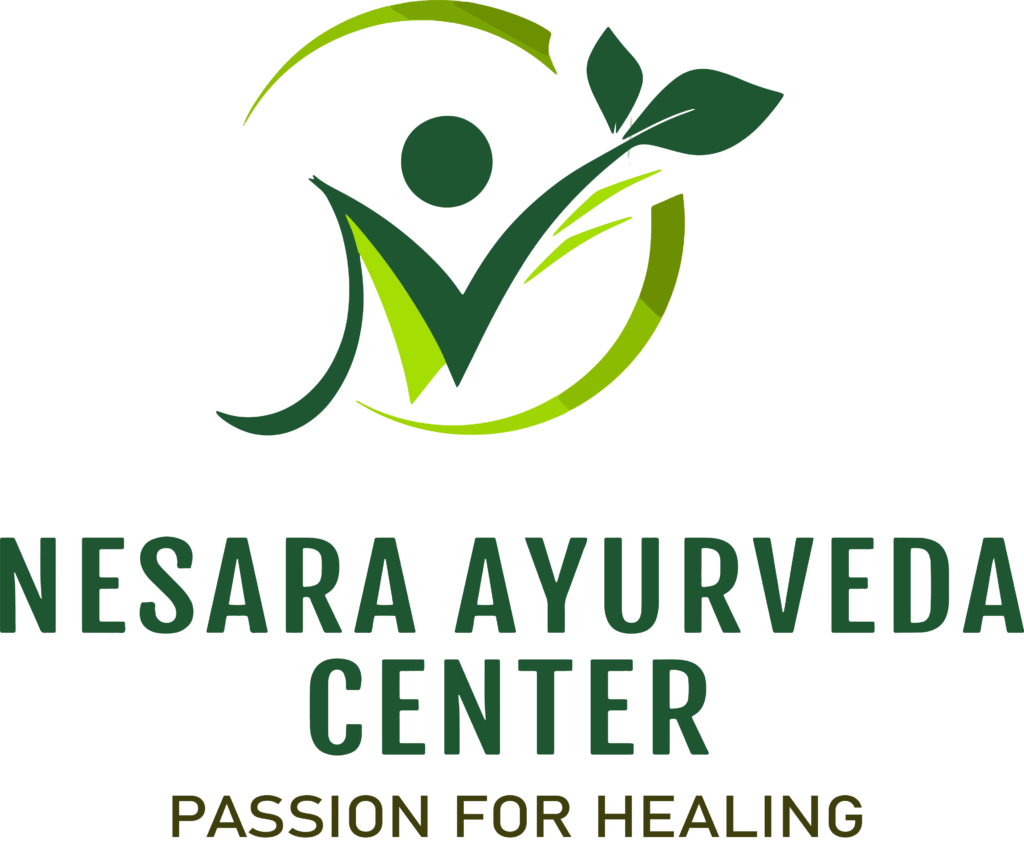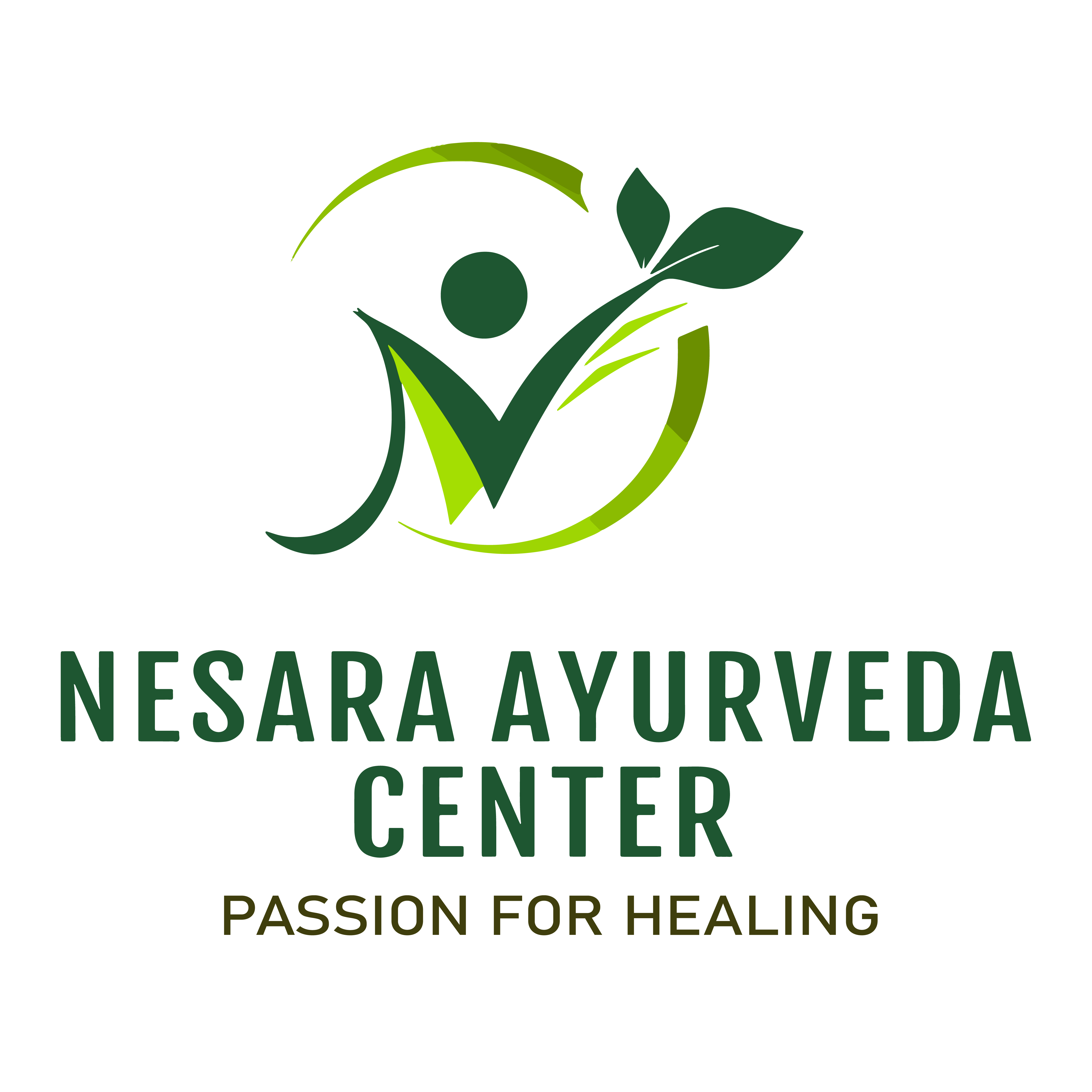Beauty Care Routines

Ayurveda, an ancient holistic system of medicine, emphasizes a balance between the mind, body, and spirit for overall well-being, including skin and hair health. Beauty care routines in Ayurveda focus on natural remedies, lifestyle adjustments, and mindful practices to enhance and sustain one's innate beauty.Ayurveda offers a holistic approach to beauty care, focusing on nurturing your inherent beauty through natural remedies, dietary choices, mindful practices, and tailored treatments based on your dosha. Embrace these practices to achieve a radiant, healthy complexion and luscious hair while promoting overall well-being.Incorporating Ayurvedic beauty care routines can bring about a harmonious balance in both inner and outer beauty, leading to a naturally radiant and healthy appearance.
Here's a brief guide to beauty care routines in Ayurveda.
Know Your Dosha:
Understand your unique constitution or dosha (Vata, Pitta, or Kapha) to tailor beauty care practices accordingly. Each dosha has specific skincare needs and tendencies.
Cleanse with Herbal Formulations:
Use Ayurvedic cleansers based on your dosha, typically using natural ingredients like neem, turmeric, or aloe vera to purify and cleanse the skin.
Abhyanga (Self-Massage):
Perform a daily self-massage using warm, dosha-specific oils (like sesame, coconut, or almond). This practice nourishes the skin, improves circulation, and promotes relaxation.
Balanced Diet:
Follow a balanced Ayurvedic diet, incorporating seasonal, organic, and fresh foods to support healthy skin and hair from within.
Stay Hydrated:
Consume warm water throughout the day to aid digestion and keep your skin hydrated and glowing.
Herbal Face Masks and Packs:
Use natural face masks prepared from Ayurvedic herbs such as sandalwood, turmeric, and rose petals, mixed with appropriate bases like yogurt or honey, to cleanse, exfoliate, and nourish the skin.
Herbal Hair Care:
Apply Ayurvedic hair oils or herb-infused oils, like amla or brahmi oil, to nourish the scalp, strengthen hair, and promote hair growth.
Yoga and Meditation:
Incorporate yoga postures and meditation into your routine to reduce stress, enhance blood circulation, and promote a clear and radiant complexion.
Ayurvedic Wellness Consultation:
Consider consulting with an Ayurvedic practitioner for personalized recommendations based on your unique constitution and any specific skin or hair concerns.
"Benefits of Beauty Care Routines in Ayurveda"
Holistic Approach:
Ayurvedic beauty care takes a holistic approach, considering the mind, body, and spirit, promoting overall well-being alongside skin and hair health.
Natural and Safe:
Ayurveda relies on natural ingredients and formulations, minimizing the use of harmful chemicals and promoting safe, gentle, and effective beauty treatments.
Dosha-Specific Care:
Tailored beauty care routines based on an individual's dosha ensure personalized care and address specific skin and hair concerns associated with each dosha.
Balanced Skin:
Ayurvedic beauty care helps balance skin conditions by addressing excess oil (Pitta), dryness (Vata), or congestion (Kapha), resulting in a healthier, more radiant complexion.
Enhanced Skin Texture:
Regular use of Ayurvedic cleansers, oils, and herbal masks helps improve skin texture, making it smoother, softer, and more supple.
Promotes Hair Health:
Ayurvedic hair care routines nourish the scalp, strengthen hair follicles, and reduce hair problems like dandruff and hair fall, resulting in lustrous and healthy hair.
Anti-Aging Properties:
Ayurvedic beauty care often includes anti-aging herbs and practices that help reduce signs of aging, such as wrinkles, fine lines, and uneven skin tone.
Stress Reduction:
Incorporating practices like self-massage, yoga, and meditation in beauty routines reduces stress levels, promoting a calmer mind and a radiant complexion.
Improved Blood Circulation:
Self-massage and yoga postures in Ayurvedic routines enhance blood circulation, aiding in the distribution of nutrients to the skin and promoting a healthy glow.
Sustainable and Eco-Friendly:
Ayurvedic beauty care encourages the use of sustainably sourced, eco-friendly ingredients and supports a more environmentally conscious approach to beauty.
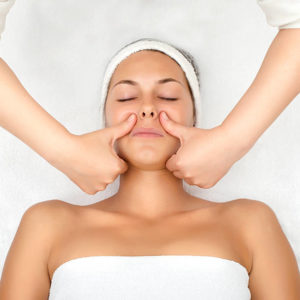
TWAK PRASADANA :
This facial treatment is designed to purify the skin, detoxify pores, and improve skin tone. It uses herbal formulations to enhance clarity and radiance.
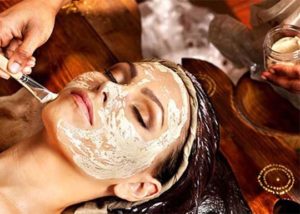
TWACHYA :
Twachya facial focuses on balancing skin issues such as acne, blemishes, and oiliness. It uses Ayurvedic herbs to clear skin impurities and promote a healthy complexion.
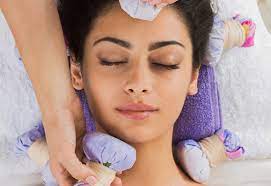
NAVARA FACIAL :
The Navara facial is an Ayurvedic remedy for pigmentation and dark spots. It combines natural ingredients to lighten and even out the skin tone.
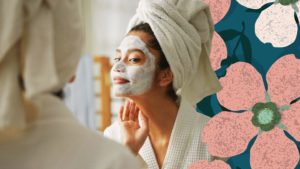
KUMKUMADI FACIAL :
The Kumkumadi facial is a time-honored treatment that brings together the essence of rare Ayurvedic ingredients. It works to rejuvenate and brighten the skin, offering a radiant and youthful appearance.
